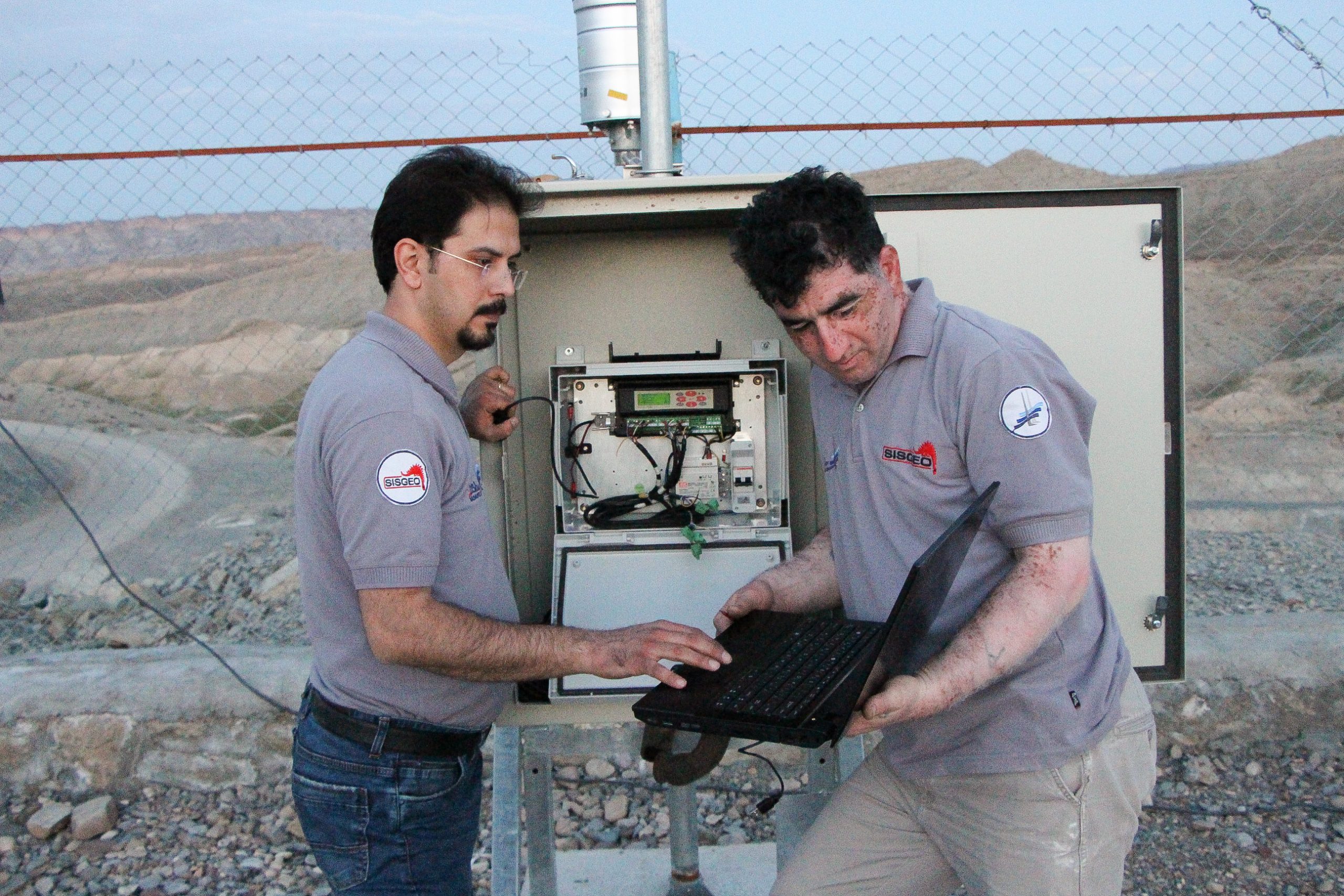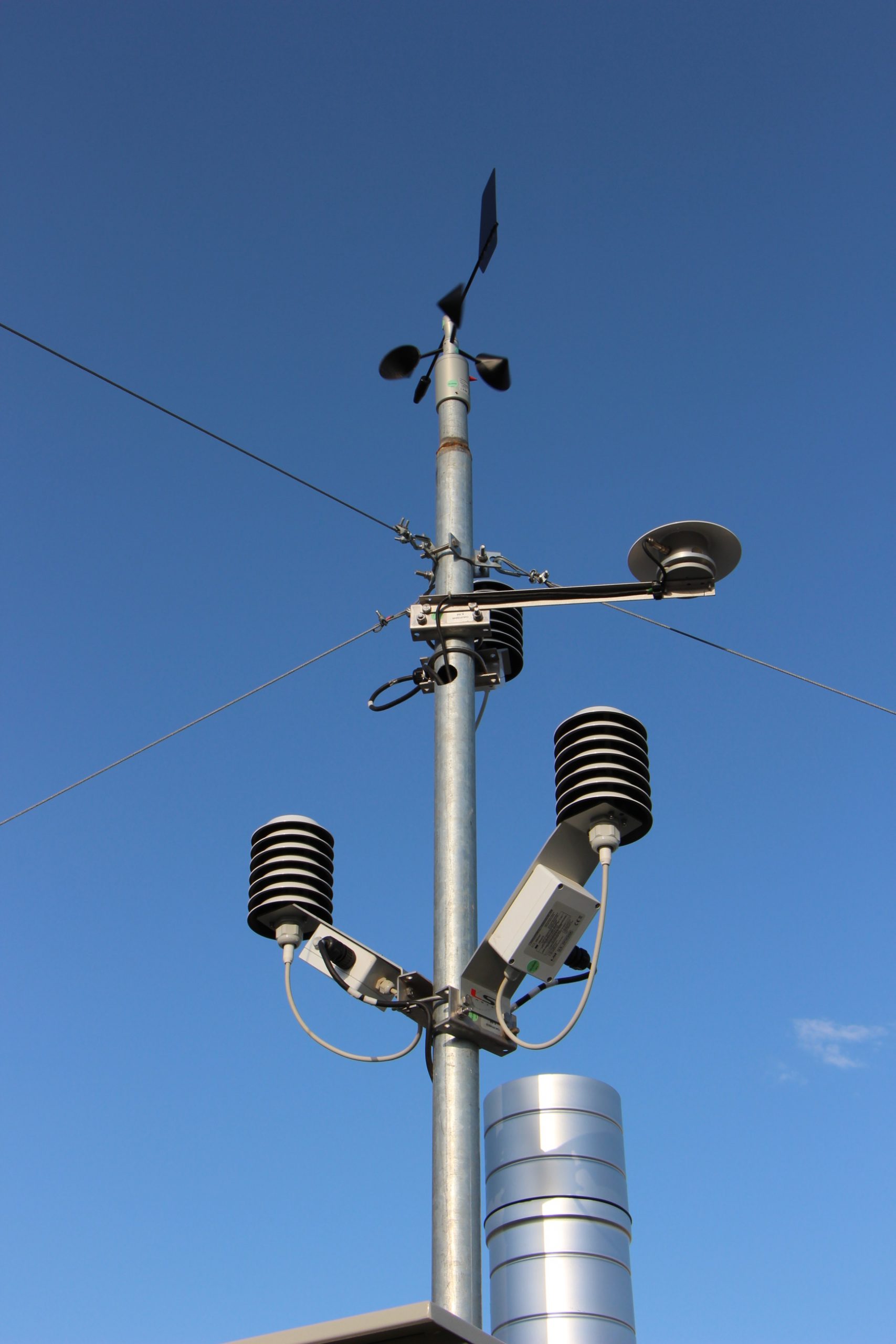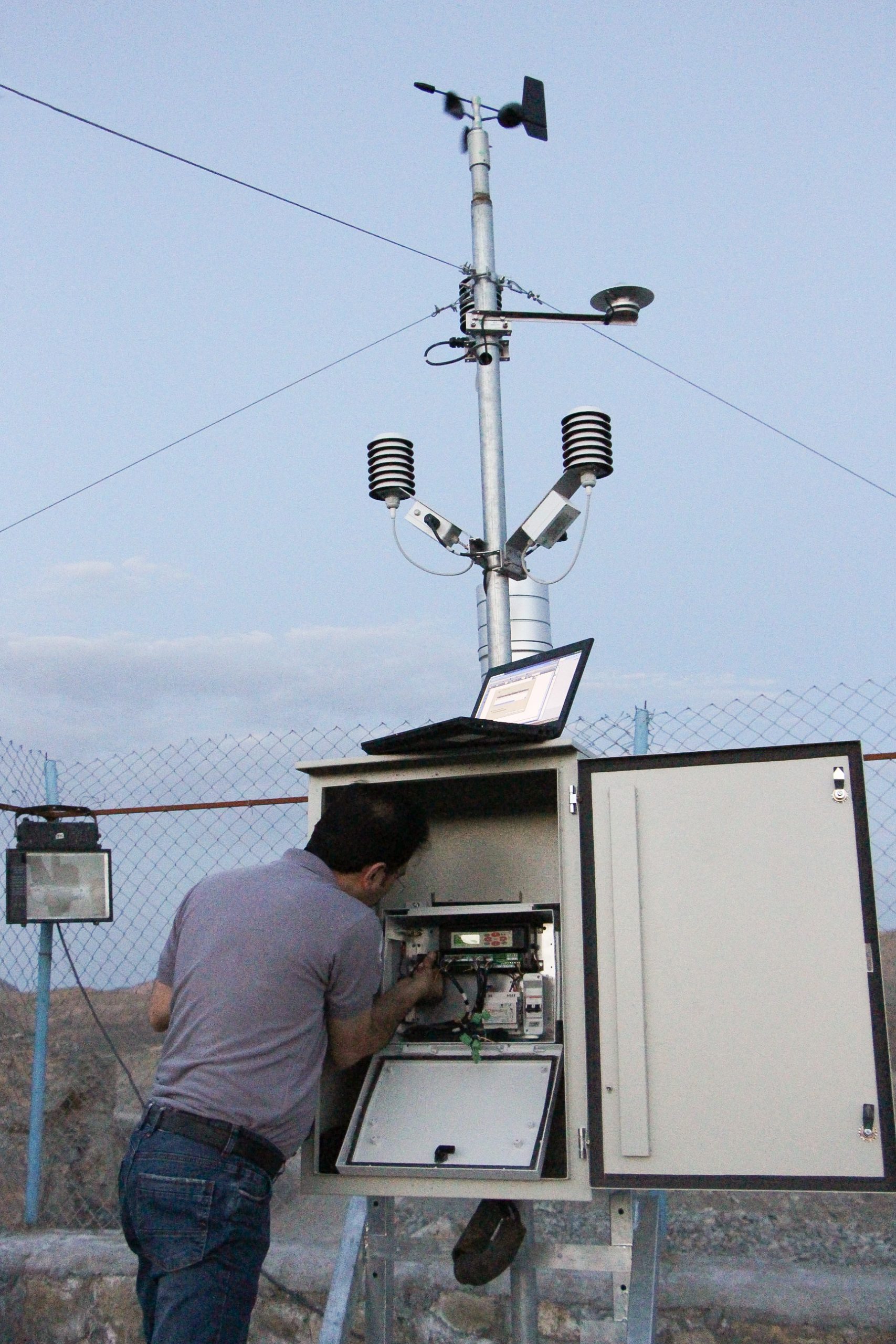Weather
Stations & Observations
"Engineering Solutions"
Meteorological measures have multiple uses that make them of primary importance for monitoring areas, of different sizes, and for managing extreme situations, such as floods, exceptional snowfalls, strong winds, or harmful solar radiation. Professional weather stations are used to monitor the parameters that are the basis of the complex algorithms of forecasting models. Long time series of reliable and quality weather data make a valuable contribution to climate change research both locally and at the mesoscale.


A weather station is typically composed by a series of sensors for the measurement of the various parameters: solar radiation, wind direction and speed, air temperature and humidity, precipitation, atmospheric pressure and others. All the data are stored in a data logger, which has the task of archiving them, processing the first calculated quantities, and managing the communication of the data to a web-based software or to a traditional server. The weather station is installed on one or more physical structures such as poles and towers depending on the place of installation. There are some clear prescriptions from W.M.O. (World Meteorological Organization) on the proper installation of the weather stations, to obtain quality data that are representative of the climatic zone. The continuous operation of all equipment is guaranteed by the power supply, either from the power grid or solar panels. In this last case, the size of the panel is calculated based on the number of sensors, the rate of data acquisition and transmission and the availability of solar radiation (latitude, frequent or long-lasting cloud cover). The station is completed by the data transmission system, via modem, radio or more rarely via cable.




